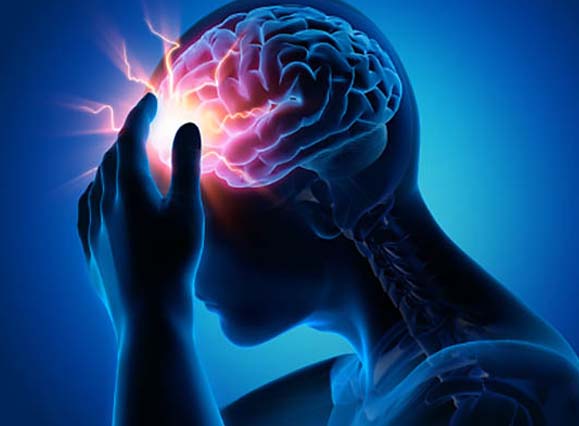Migraine
Migraine pain manifests as a powerful throbbing sensation originating deep within the head. This excruciating pain can persist for days, significantly impairing one’s ability to perform daily activities. Migraine headaches typically present as one-sided discomfort and are accompanied by sensitivity to light and sound. Nausea and vomiting often accompany these episodes.
Prior to the onset of a migraine headache, some individuals may experience visual disturbances known as a migraine aura. Approximately one-third of people encounter these symptoms before the actual headache commences.
Auras may involve the perception of flashing lights, shimmering lights, zigzag lines, stars, or blind spots. Additionally, tingling sensations in the face or arm, as well as difficulty speaking, can be part of the aura experience.
Migraine headaches may have a familial tendency or be linked to other nervous system disorders. Women are three times more likely than men to develop migraines, and individuals with post-traumatic stress disorder (PTSD) are at an elevated risk.
Various factors can trigger migraine attacks, including environmental elements such as disruptions in sleep patterns, dehydration, skipped meals, certain foods, hormonal fluctuations, and exposure to chemicals.










